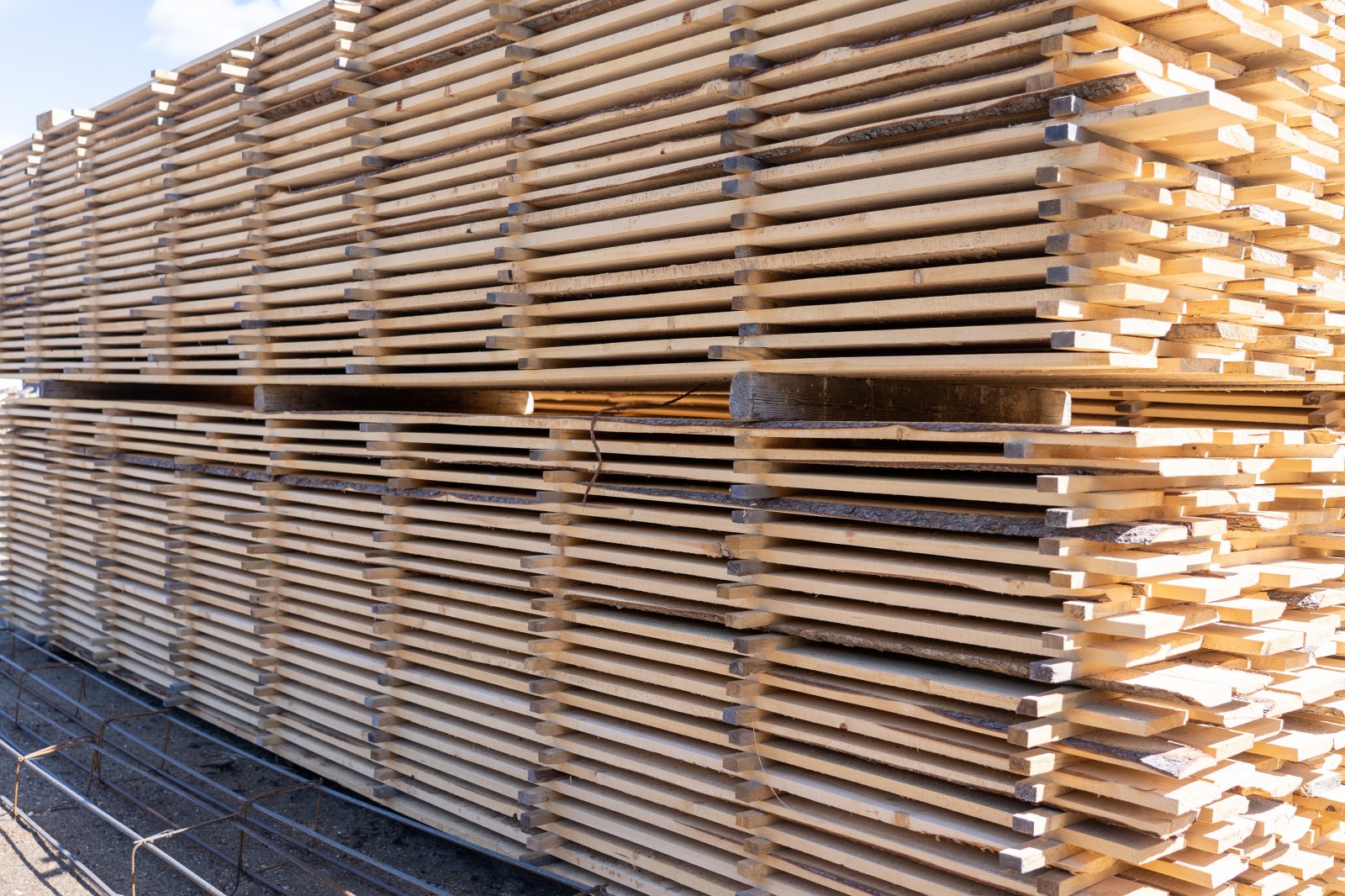Useful Information
3 december 2022 at 14:15
“Let"s go to the East”: new sales markets for Russian lumber
The Middle East, Asia, South and Central America can become promising destinations for the export of Russian timber. This opinion was expressed by experts from the Ministry of Industry and Trade of the Russian Federation.
Today, Russian companies ship abroad mainly boards, timber, sawlogs (raw materials for the production of boards), pulpwood and funkryazh.
The former key partner, the European Union, in April imposed a ban on the supply of Russian wood and wood products. The restrictions came into effect on July 10. But at the same time, Singapore, China, Japan, Uzbekistan, Tajikistan, Jordan, Kazakhstan, Iraq, Turkey and the United Arab Emirates have increased the volume of imports of Russian sawn timber.
As a result, the export of Russian sawn timber, which, along with other timber products, has been under EU sanctions since July 10, in the first half of 2022 decreased by only 3.6% (against the expected 10%) and amounted to 15.4 million cubic meters.
Babaevsky DOK is also actively opening up new markets for itself. So now cooperation is being established with such countries as Turkey, Iran, Kazakhstan and Uzbekistan.
Turkey
After business and trade ties with Europe were interrupted, the attention of Russian business naturally turned to Turkey. It has all the necessary warehouse infrastructure, and logistics chains have been built both with Europe and the Russian Federation.
Despite the fact that Turkish partners prefer “hard”, in their opinion, currencies – dollars and euros, today settlements are already being carried out in both lira and rubles, and the issue of payments is one of the essential aspects in the negotiations. A compromise solution is an agreement to fix prices in dollars or euros, but payment in lira at the rate of the central bank of Turkey.
According to Roslesinforg, Russian timber companies, against the background of the conflict in Ukraine, have sharply increased the supply of timber cargo by rail to Turkey – 1.6 times. At the same time, if earlier more than half of deliveries to Turkey (mainly lumber and plywood) went through the ports of St. Petersburg and Krasnodar region, now the flows have moved to the railway: the cargo goes to Baku, and from there along the Baku-Tbilisi-Kars corridor to Turkey.
Iran
The ongoing expansion of cooperation between Russia and Iran in many areas should increase trade between the countries by 60% by the end of 2022.
Iran constantly needs serious volumes of wood imports, despite the fact that the country has enough of its own forests. Traditionally, Iranians have a high interest and demand for Russian wood, lumber, plywood, which costs more than metal here. Wood processing products are supplied here not only by many Russian companies. Some Iranians themselves rent plots in Russia, build sawmills and sell their products to their homeland.
Today, developing business relations with Tehran is one of the main vectors of Russian economic policy in the Middle East. Iran can come to the forefront in Russia's rapidly changing foreign trade balance and become a reliable partner in a very difficult, but certainly the richest region on the planet.
In particular, in the near future it is proposed to create, together with Baku and Tehran, a single logistics center that will provide transportation services, transshipment at seaports, as well as deal with customs and other transportation support.
Kazakhstan
Timber merchants, who were forced to stop exporting to the EU due to sanctions, doubled the supply of sawn timber to Kazakhstan in March of this year.
However, then certain difficulties arose in this direction. The fact is that since September 2022, Russian manufacturers have lost the opportunity to send sawn timber for export to Kazakhstan due to a gap in the customs legislation of the Russian Federation. The relevant resolution also refers to lumber (boards, timber, etc.). Goods can be sent only from stations where there is a land border with foreign states that are not members of the Customs Union (the Customs Union includes Russia, Belarus, Kazakhstan, Armenia, Kyrgyzstan). Checkpoints for lumber to the CU countries in 2022 are not specified in the resolution.
But in order to send Russian lumber for export, it is necessary to designate checkpoints on the border with Kazakhstan through which the raw material will pass, even though they formally do not exist. As a result, shippers and operators still do not know how to send lumber to Central Asia
The problem of the transit of timber cargo through Kazakhstan was discussed, in particular, at the level of the Government of the Vologda Oblast and the Ministry of Industry and Trade of the Russian Federation. Now a draft resolution has been prepared for the Government of the Russian Federation and the Ministry of Finance, which provides for the possibility of exporting lumber to all countries of the Customs Union, including Kazakhstan.
After successfully solving this very unexpected problem, Central Asia may well take over part of the Russian lumber that was destined for Europe. This direction is becoming one of the most important for companies in the European part of the Russian Federation, for which supplies to Southeast Asia are limited or closed due to high transportation costs.
Uzbekistan
Uzbekistan traditionally ranks second (after China) among buyers of Russian lumber. In the first half of 2022, he purchased 793.2 thousand cubic meters (plus 16.5%).
Uzbekistan has always been interested in the supply of high value-added timber products from Russia. In particular, in the climatic conditions of Central Asia, modern Russian developments in wooden construction make it possible to create high-quality and affordable housing.
According to the results of last year, bilateral trade between Russia and Uzbekistan increased by a third and reached a record $7.5 billion. In the first months of this year, the increase in trade indicators exceeded 50 percent.
Uzbekistan also entered the map of priority directions for Russian exports, which was compiled by the Russian Export Center. This map was divided into four groups, and the first (most promising) included Uzbekistan, Kazakhstan, Azerbaijan and Belarus.
All these are states with which Russia has already established trade and economic relations, in which Russian exporters have strong positions and have very good prospects for further growth.




